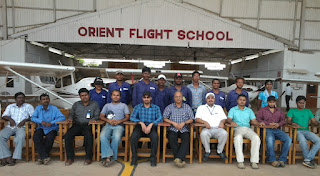screwdriver caused a crash
A loose screwdriver that became jammed in the side of a plane as it was doing aerobatics caused a crash that killed a Palmerston North doctor and his friend. A Civil Aviation Authority report into the crash - which claimed the lives of plane owner and pilot Ralph Saxe, The report found the crash was the result of design flaws in the plane that led to a screwdriver getting stuck in the elevator controls of the plane during a "slow roll" maneuver. As Saxe, entered a steep dive immediately following the slow roll he was unable to get the elevation needed to prevent the plane from slamming into the ground in Timona Park, Feilding. The forces were so strong that the aircraft nose, engine and wings "created deep ground scars then virtually disintegrated". The crash was not survivable. In investigating the crash the CAA found a " stubby " type screwdriver 15 metres fro

